Colour Blindness in Edmonton
Colour vision deficiency, commonly referred to as colour blindness, is a condition that affects a person’s ability to perceive or differentiate certain colours. Depending on the type and severity of the condition, a person with colour blindness might be unable to see certain colours or they might look washed out. We offer Enchroma lenses as a way to aid with colour deficiencies. To know more about our treatments and solutions, visit Optometrists’ Clinic Inc. in Edmonton today.
Want More Information About Colour Blindness?
Talk to our experts at the Optometrists’ Clinic Inc. and learn more about the causes, treatment, and symptoms of colour blindness.
Speak with an optometrist in Edmonton
Colour blindness is often diagnosed in kids, so if you suspect your child has colour blindness, schedule a pediatric consultation at Optometrists’ Clinic Inc.
Alternatively, if you’re the one affected and your colour blindness is the result of cataracts, an optometrist can treat the condition with eyeglasses or surgery to improve your vision. For more information about our services, contact us today or visit one of our eye centres in Capilano, Leduc, Jasper, Mayfield and Westlock.
Ask us anything
What causes colour blindness?
Are there different types of colour blindness?
What are the symptoms?
How is colour blindness diagnosed?
Can it be treated?
Learn More About Eye Health

Dry Eye in Autumn
Why Symptoms Flare and How to Find Relief! Autumn is a beautiful season in Canada, with crisp air, colorful leaves, and cozy sweater weather. But for many Canadians, it also

Hey Edmonton – Don’t Let Summer Projects Cost You Your Sight!
The Essential Guide to Eye Protection Summer in Edmonton means longer days, warmer weather, and finally tackling those outdoor projects you’ve been putting off all winter. Whether you’re revving up

Polarized vs UV Protection
What Edmonton Residents Need to Know for Summer Eye Safety When summer finally hits Edmonton, Westlock, and Leduc, we all want to make the most of those long, sunny days.
Book your eye exam with The Optometrists' Clinic today!
We invite you to get in touch, so that we can support you & give you the tools and knowledge you need to care for or improve your vision!

